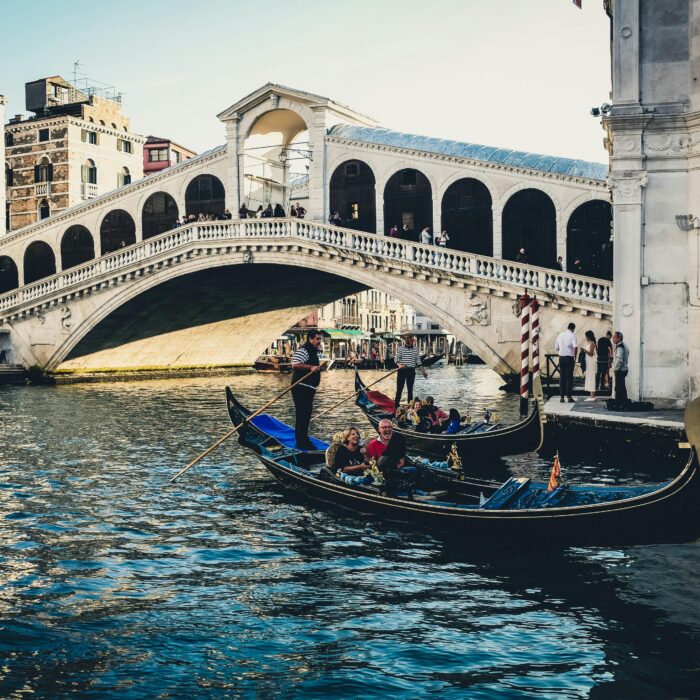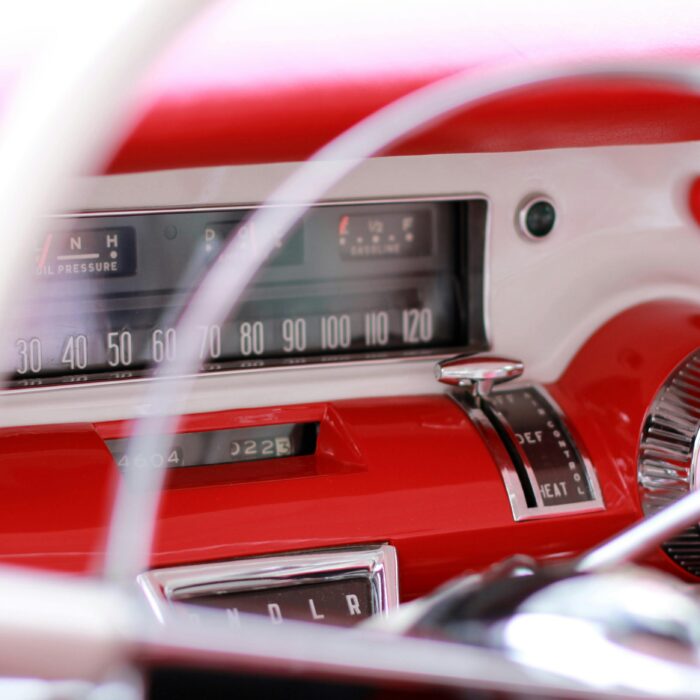You have no items in your cart. Want to get some nice things?
Go shopping
We knew about the Staten Island Hanger, everyone did, sitting on its own on a large lot near the New York Harbor, like you could bring something up from the water, a concrete and pre-fab steel building from the 1930’s. It had rugged corrugated steel, rusted red at the corners with no one guarding it night or day. But there were a lot of heavy-duty padlocks on the rolling doors, and floodlights that came on about 10:30, but the light didn’t reach the bottom of the building where the steel was even more rusted away. We always felt it would be a good place for a break-in, and easier than the bodegas where the owners kept pistols under the counters. So we started watching the hanger at night, first on foot and then in Jack’s car, because the lot was so deserted no one would even notice Jack’s car way in the back. We sat there all night long and didn’t see a thing, I mean nothing, so we thought breaking in there was a thing we should try. After all, all the jobs in our neighborhood were used up, except the ones we didn’t want to do.
Then we found out the most amazing thing, something so weird it took us days to process, from Bonnie Terwilliger, whose father did maintenance for the city. He said that what was hidden behind those hanger walls was the original Wright Brothers plane, which we had heard about in fifth grade I guess. It was the first one ever to fly. It was moved up here during some war and kept in the hanger because the government didn’t want the Chinese or someone to bomb it, because it would take away our pride, whatever pride we had left.
This made it even more that we wanted to get inside and see the plane, something like that right in our broken-down neighborhood, something really special that we could call our own, that we could tell those assholes from Brooklyn that came over here just to get laid. We devised our plan, sat around and devised our strategy, and late one Sunday night, using only crowbars so it wouldn’t be too loud, and acetylene torches that made no sound, we pried up the bottom of one of the walls, frying the bolts with the torch to open it up a little more. We checked our backs and then we crawled in under the wall.
Then we saw it there, my God, little more than a glider like you could buy in some store. But this was OUR plane, it was on OUR island, and it was OURS, not those assholes from Brooklyn, and the inside of the warehouse was beautiful, the outside all a ruse, and the plane was all bathed in light, a yellow special kind of scientific light.
We stood, watched, and looked and looked and then we flopped down, relieved and tired, our backs against the steel wall, and we smoked cigarettes, and dreamed about the plane flying over the New York skyline pulling a banner with our names on it, or just Staten Island, in big red letters.
Gil Kaplan
Gil Kaplan lives in Washington, D.C. and is a graduate of Harvard College, where he majored in the History and Literature of England. He grew up in upstate New York (Endicott) and his two kids live in Brooklyn and Astoria, Queens. His writing has appeared in the Huffington Post, The Baltimore Sun, The Washington Post, and the Detroit Free Press, among other publications. He won an award for the best short story by a new contributor from the Pendulum literary magazine, and Glimmer Train recognized one of his stories as among the 25 best of over a thousand submitted. He is an expert on how to revive U.S. manufacturing.




